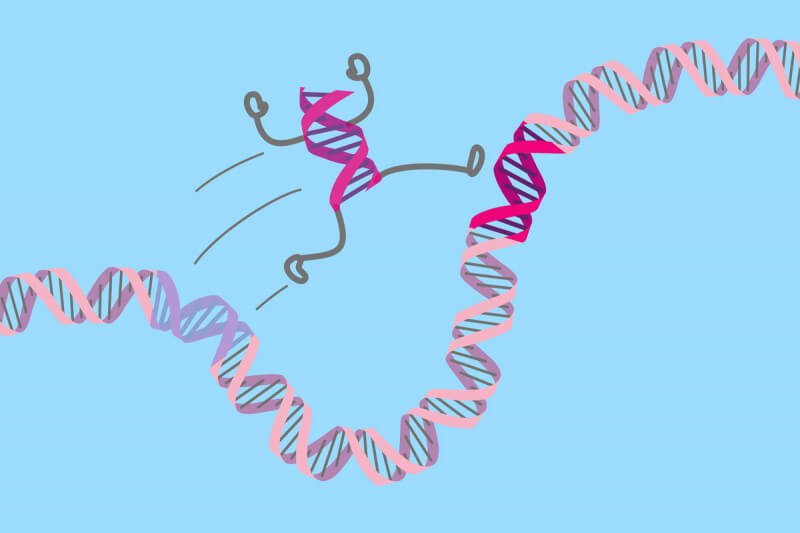[In a 2017 study] four biologists wrote that “it has not escaped our notice” that a funny little “jumping gene” might be harnessed for precision genome editing, giving classic CRISPR a hand at something it struggles to do: insert a string of healthy DNA in place of a disease-causing sequence, which for some genetic diseases might be the only path to a true cure.
The lead author of that study has been trying ever since to repurpose the jumping gene, but he (and other labs) was beaten to the punch on Thursday by CRISPR pioneer Feng Zhang of MIT and the Broad Institute.
…
Zhang and his colleagues describe turning a jumping gene — aka a transposon, or mobile genetic element — into a mini TaskRabbit gig worker: With an assist from CRISPR enzymes, it zips over to the part of the genome whose address it is given and delivers a package of DNA, pronto.
Zhang’s team did all this in lowly bacteria, but other genome-editing biologists said the system could very well work in human cells, too, especially for repairing a disease-causing gene. “I think it’s something that could be used therapeutically,” said reproductive biologist Shoukhrat Mitalipov.
Read full, original post: ‘Jumping genes’ could help CRISPR replace disease-causing DNA, study finds































